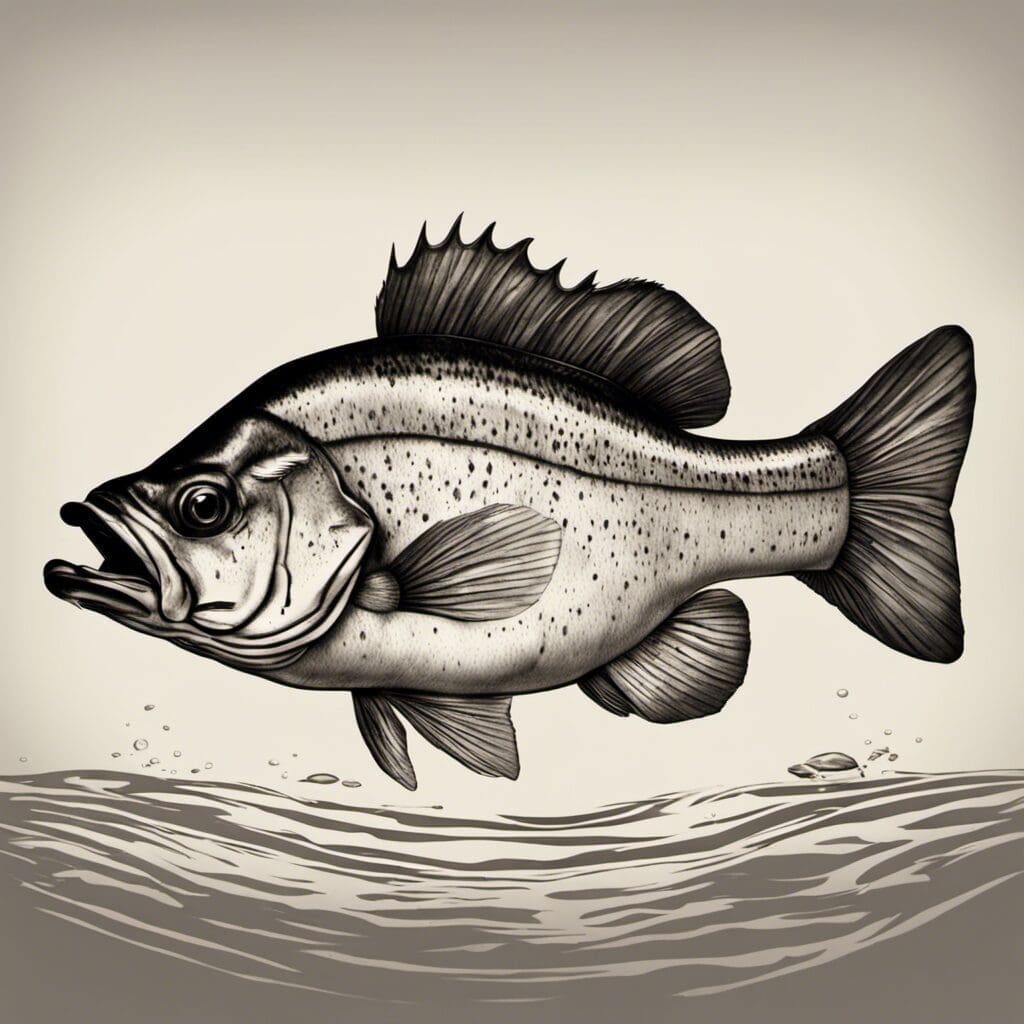Introduction
Species Name: Leather Bass
Family: The Leather Bass, scientifically known as Dermatolepis dermatolepis, belongs to the Serranidae family. This family is represented predominantly by groupers and sea basses.
Conservation Status
Current Status
As of the last assessment, the Leather Bass is listed as Least Concern on the IUCN Red List.
Conservation Efforts
Although the Leather Bass is not currently under threat, efforts are being made to conserve marine biodiversity as a whole. Regulations on fishing activities are strictly enforced and marine protected areas are continually being established to protect various species, including the Leather Bass and its habitat.
Statistics
| Average Length | Length Range | Average Weight | Weight Range | Average Lifespan |
|---|---|---|---|---|
| 55 cm | 30-70 cm | 3 kg | 1.5-5 kg | Up to 10 years |
Distribution
Regions/Countries
The Leather Bass can be found in the tropical waters of the Eastern Pacific, from southern California, USA to the coast of Peru and also the Galapagos Islands.
Migration Patterns
As a benthic species, the Leather Bass does not typically migrate but maintains a relatively restricted home range.
Habitats
Water type
The Leather Bass lives in marine, salty waters.
Depth Range
The Leather Bass can be found at depths of 3 to 30 m, although it is most commonly found between 3 and 20 m.
Temperature Range
As a tropical species, the Leather Bass prefers warmer waters. It typically lives in waters with temperatures ranging from 20 to 28 °C.
When and Where to See
Seasonal Patterns
The Leather Bass does not have a specific season when it is more visible. Their visibility may depend more on the tide than the time of year.
Time of Day
The Leather Bass is usually most active during the day, particularly in the morning and late afternoon.
Best Fishing Locations
The Leather Bass is commonly found in rocky coastal areas and reefs of the communities mentioned. Specific locations can include:
- Cocos Island, Costa Rica
- Gorgona Island, Colombia
- La Jolla, California, USA
- Galapagos Islands, Ecuador
How to Catch
Due to the Leather Bass’s predatory nature, various types of baitfish can be used, such as anchovies and sardines. Also, lures and jigs may be effective. The most effective strategy is often to fish near rocky reefs or structures where they reside.
Identification Guide
The Leather Bass has a greyish to brown body with a scattering of dark spots. Executing a broadside look, the fish has a semi-triangular shape with a large, wide mouth which signifies its predatory diet.
Culinary
How to Cook
Like many other fish, the Leather Bass can be baked, grilled, or fried.
Taste Profile
The Leather Bass has a firm, white flesh that is moderately fatty and has a mild, sweet flavor.
Nutritional Information
The Leather Bass is a good source of protein, omega-3 fatty acids, vitamins, and minerals.
Additional Information
Behavior
The Leather Bass is a predatory species and feeds primarily on small fish and invertebrates.
Predators and Threats
Leather Bass are carnivorous fish that serve as prey to larger piscivorous (fish-eating) creatures, including sharks and larger fish species. They can also be affected by habitat destruction and pollution.
Cultural / Historical Significance
Despite not being a primary target for commercial fishing, the Leather Bass is often caught incidentally and thus has local ecological significance in maintaining balance within its ecosystem.
References and Further Reading
- FishBase - Dermatolepis dermatolepis
- Mexican-Fish – Leather Bass
- Fishes of Australia – Dermatolepis dermatolepis

